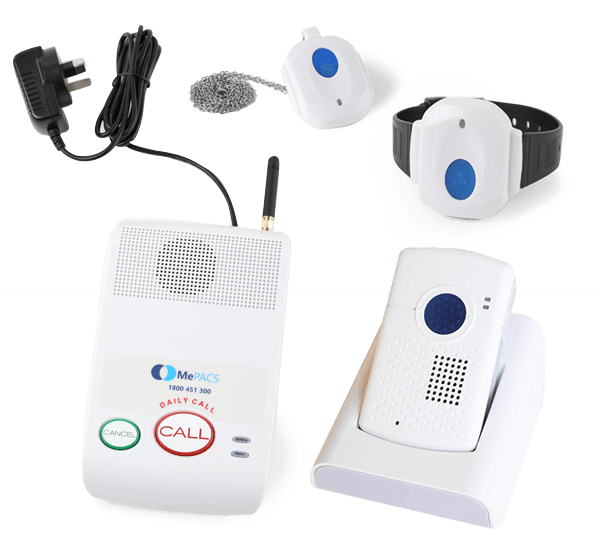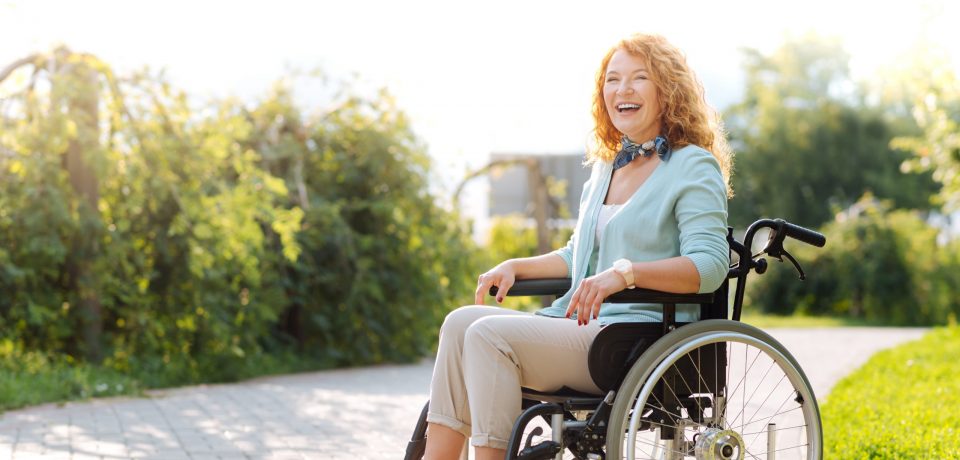According to Spinal Cure Australia; every day in Australia, another person suffers an injury, adding to the more than 20,000 people across Australia and millions around the world who live with the debilitating effects of a spinal cord injury.
An SCI can occur as a result of a trauma such as a fall, car accident, medical condition such as spina bifida, stroke or Friedreich’s Ataxia, or as a result of other back and spine conditions.
Effects of a damaged spinal cord
When the spinal cord becomes damaged, it can result in the loss of feeling or mobility.
When there is no feeling from the neck down, this is referred to as quadriplegia, whilst loss of feeling below the chest is classed as paraplegia.
A SCI can cause loss of sensation or motor function, as well as multiple other changes. There can be bowel and bladder dysfunction and sexual functioning is also frequently affected. Men may have their fertility affected, while women’s fertility is generally not affected. Very high injuries can result in a loss of many involuntary functions including the ability to breathe, necessitating breathing aids such as mechanical ventilators or diaphragmatic pacemakers.
Other effects of SCI may include low blood pressure, inability to regulate blood pressure effectively, reduced control of body temperature, inability to sweat below the level of injury, and chronic pain.
Can the spinal cord repair itself?
Unlike other parts of your body, the spinal cord does not have the ability to repair itself if it is damaged. A spinal cord injury occurs when there is damage to the spinal cord either from trauma, loss of its normal blood supply, or compression from tumour or infection.
How would a spinal cord injury affect your life?
Breathing is usually something most of us can do without thinking. But for those who suffer from a spinal cord injury (SCI) it may affect some of their muscles needed for breathing. This makes it difficult to breathe, cough, and bring up mucus from the lungs, which can lead to a greater risk of lung infections like pneumonia.
How can Assistive Technology help someone with a SCI?
Assistive technology aims to aid people with newly acquired spinal injuries and people with existing conditions to maintain their independence in their own homes. It can also be quite common to feel vulnerable in your wheelchair. If you’re used to being able-bodied, it is especially difficult to begin to think of how you can really protect yourself from your wheelchair and any potential hazards in your home and whilst you’re in the community.
After a traumatic accident or event, a personal alarms can be an added reassurance for both discharged clients and their families. The recovery period can be a difficult time for a spinal trauma patient, but with the added security of a personal alarm a person can be reassured that they can get quick emergency help when they need it, anytime day or night.
Selecting the best personal alarm
It is important that you consider all options when selecting the best personal alarm for you or a loved one. Some personal alarms have automated services that dials through to your nominated contacts while other services dial straight to a response centre where trained professionals are guaranteed to answer your call for help anytime day or night.
MePACS is a monitored personal alarm service is trusted by over 43,000 clients Australia wide and backed by a public health provider so all profits go back into the public health system.
In an emergency, a MePACS personal alarm enables the client to make quick and easy contact at the press of one button, to the response centre anytime of the day or night. This will be responded to by caring and trained operator within 2 minutes of their alarm being pressed and organise the necessary assistance for them.
MePACS offer two types of personal alarms:

MePACS home and mobile personal alarm units. The home pendants can be worn either on the wrist or on a neck chain.
MePACS Home Alarm; which can be worn in the house and garden. The pendant can be worn around your neck or on a wrist strap. The alarm is also water resistant so can be worn in the shower or bath where most falls occur.
MePACS Mobile Alarm; is a lightweight and durable device that can be worn when you are out and about, including going to the shops, visiting a friends house or even on holiday. With the added feature of fall detection capability within the mobile alarm you can be rest assured that if you are out and about that the alarm can detect if you have a fall.
MePACS Alarm Accessories
MePACS also has available a variety of alarm accessory triggers including the blower switch, arthritic sleeve and the jelly bean button to help someone managing a spinal cord injury.
Click below if you have NDIS Funding
